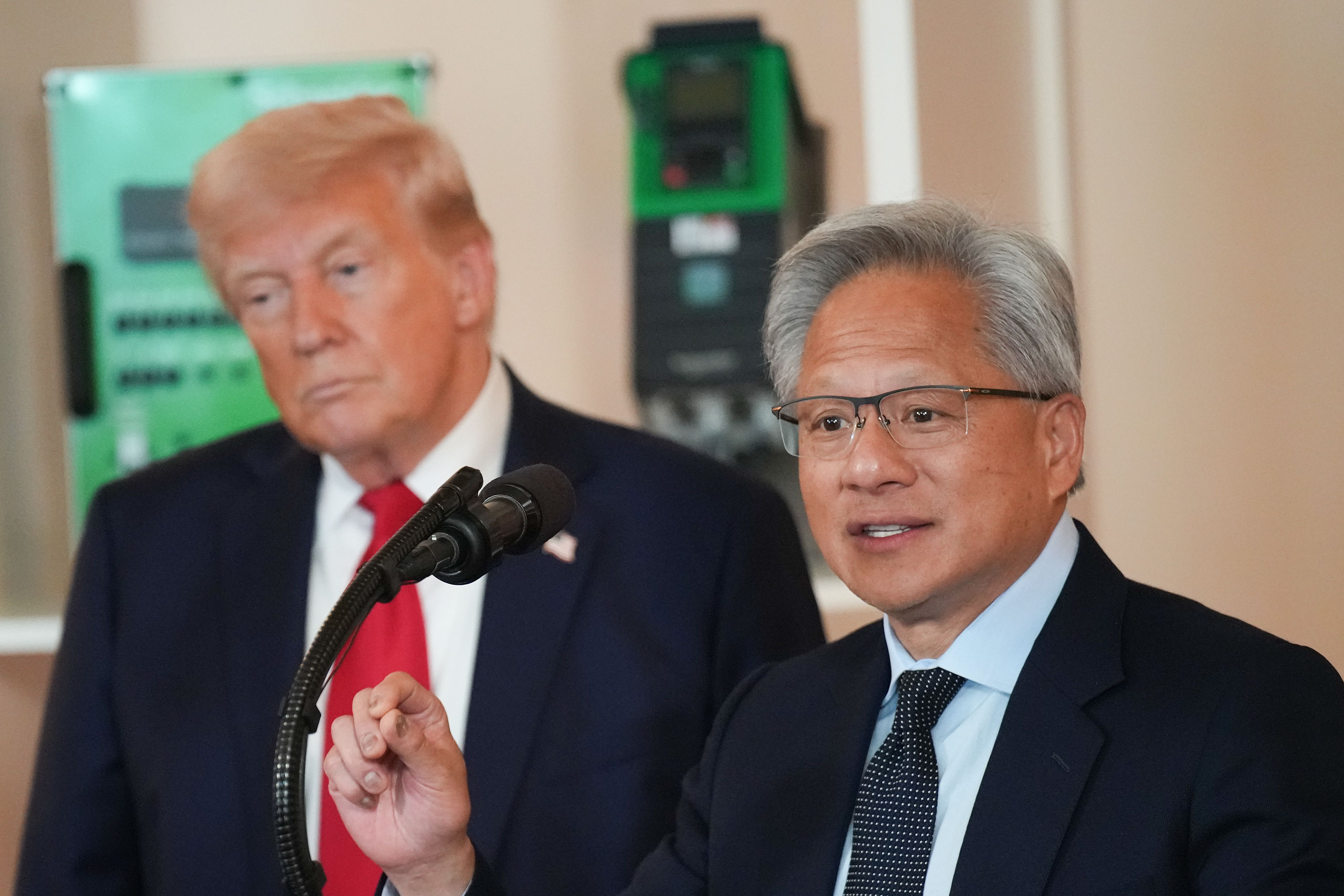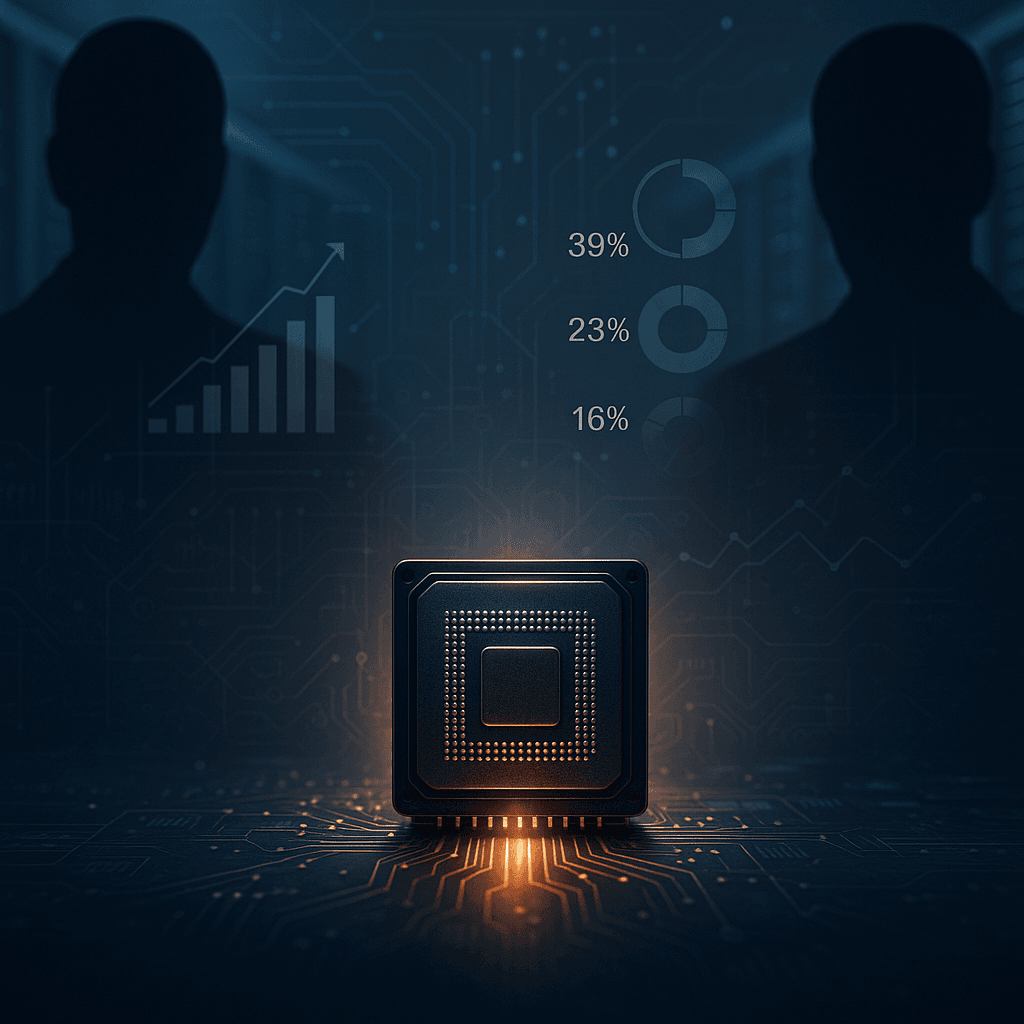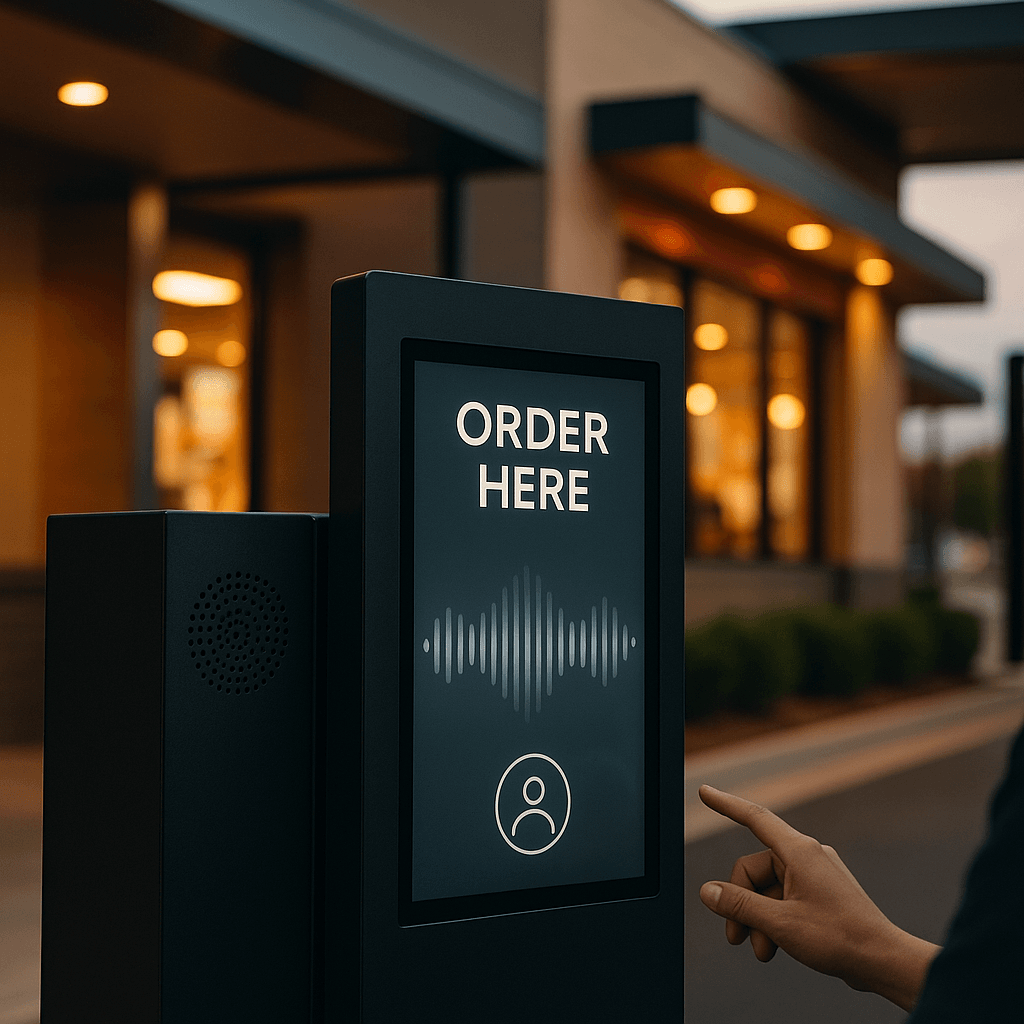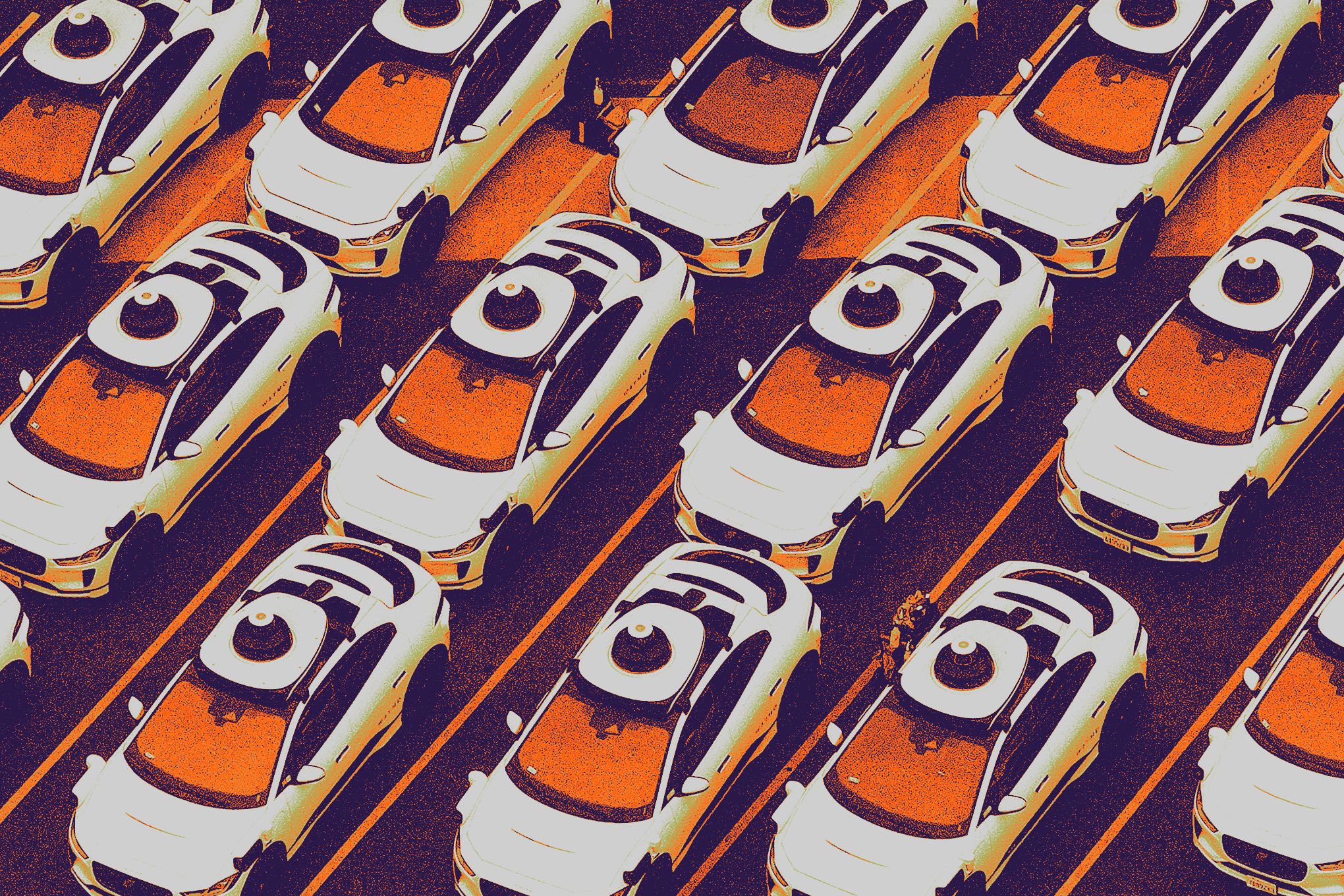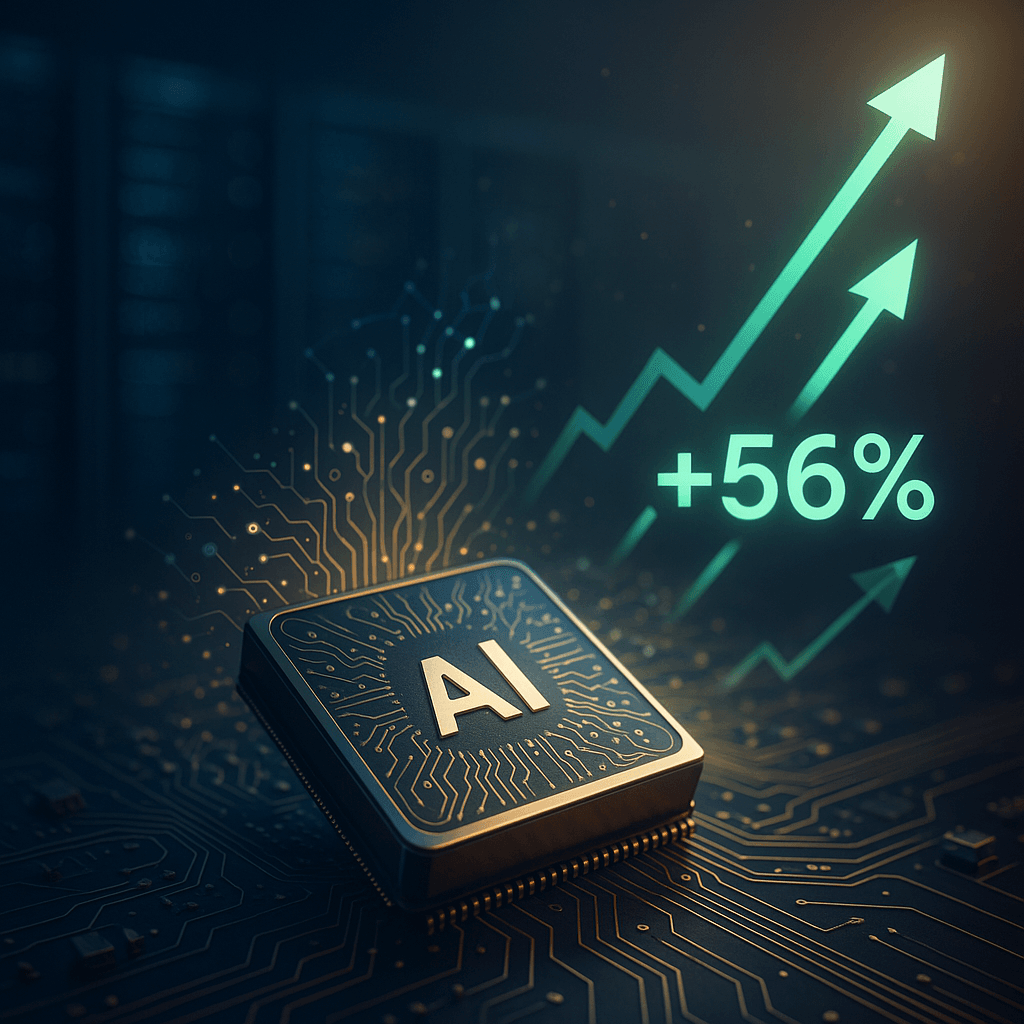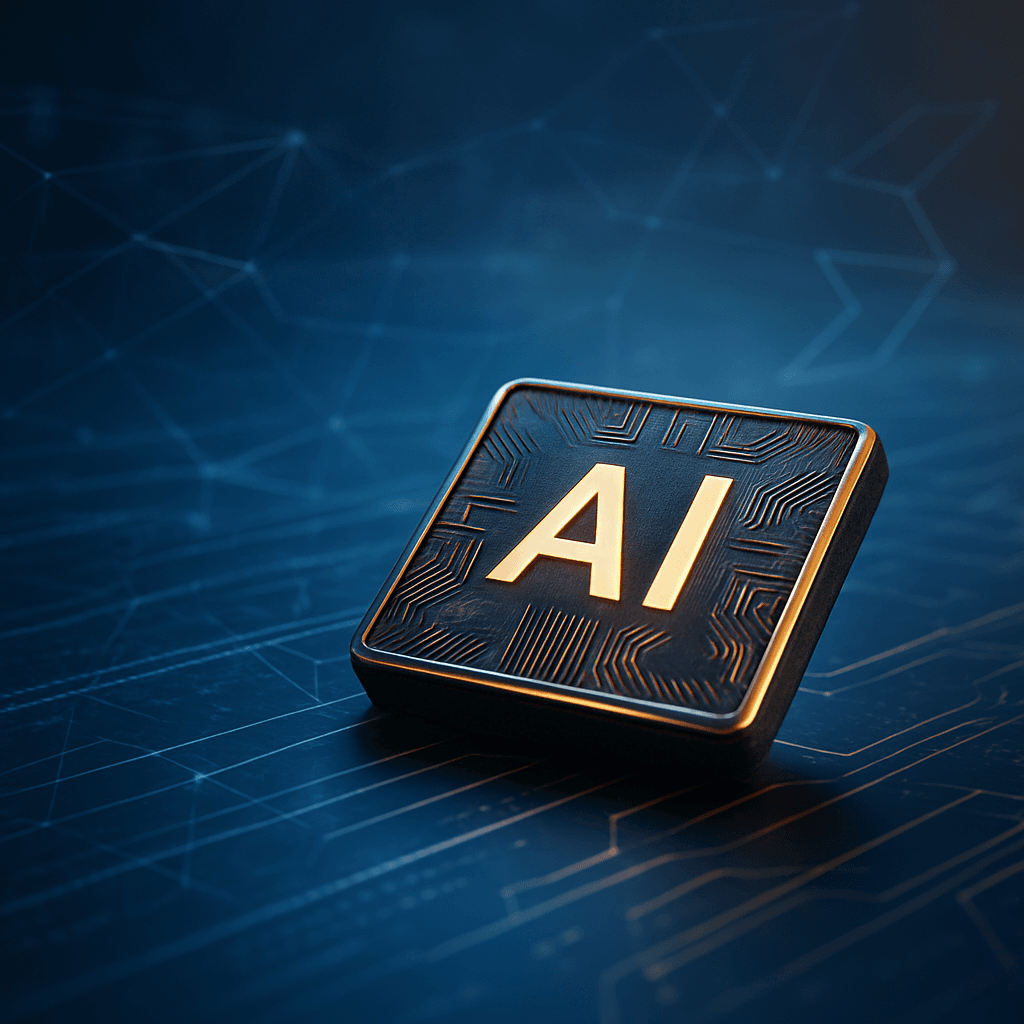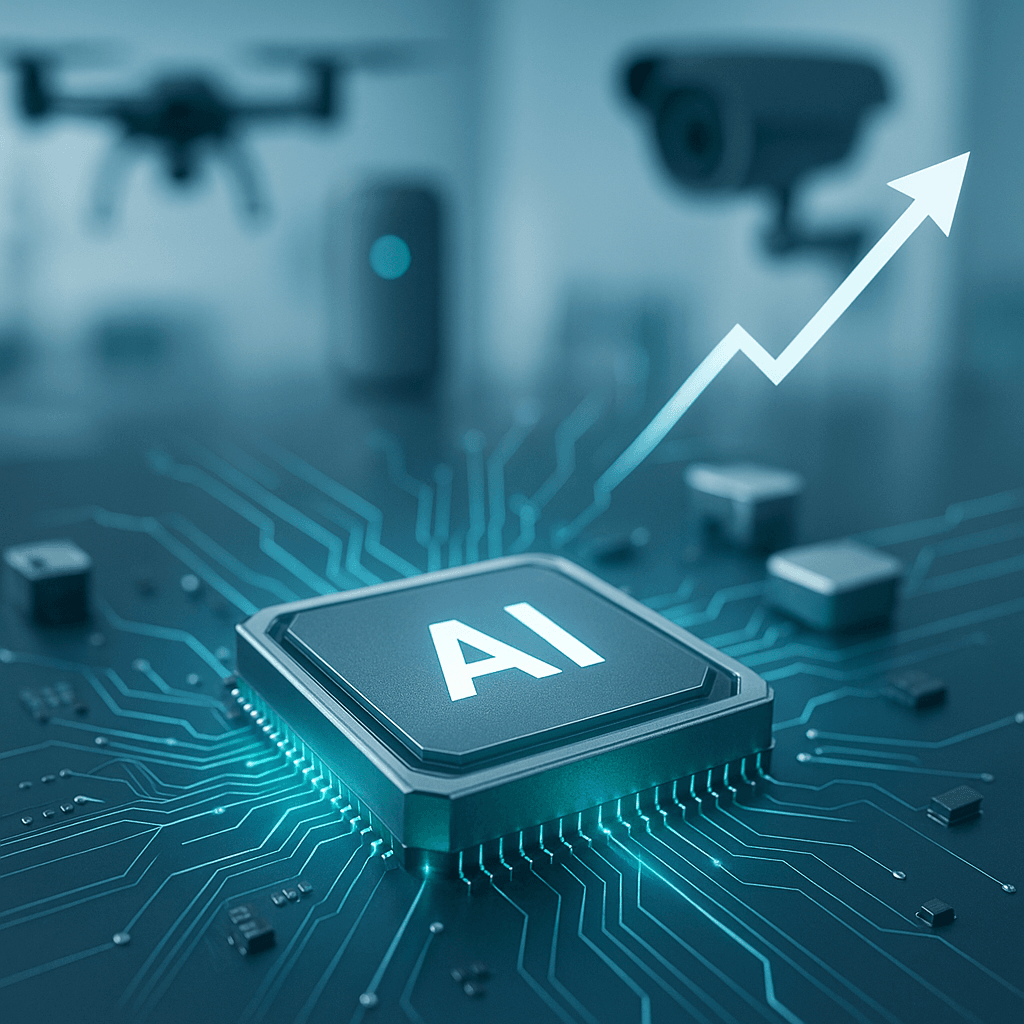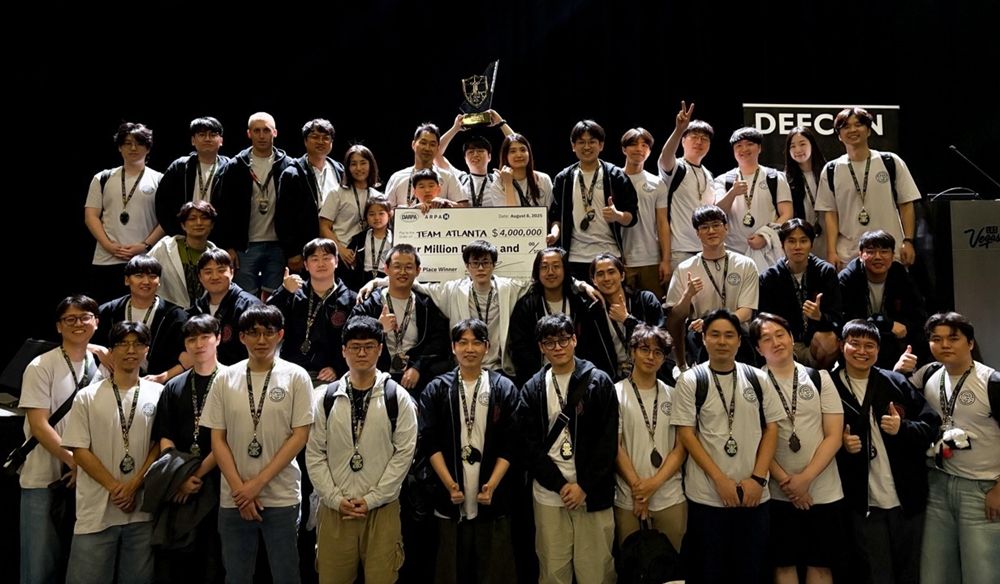TL;DR:
• Trump administration ordered Nvidia and AMD to pay 15% cut of China AI chip sales
• Deal could generate $2 billion annually for US government from H20 and MI308 shipments
• Agreement reached days before Commerce Department granted export licenses
• Part of broader pattern of Trump monetizing government policy through corporate deals
Nvidia and AMD just agreed to hand over 15 percent of their China AI chip sales revenue directly to the US government, marking an unprecedented corporate shakedown that could net Washington $2 billion annually. The deal, brokered personally between President Trump and Nvidia CEO Jensen Huang, represents a dramatic escalation in how the administration monetizes national security policy.
The semiconductor industry just witnessed something unprecedented: a sitting US president essentially demanding protection money from American chip companies. Nvidia CEO Jensen Huang struck a deal with President Trump days before the Commerce Department granted both Nvidia and AMD licenses to resume AI chip exports to China. The 15 percent revenue cut applies specifically to sales of Nvidia's H20 and AMD's MI308 chips, both stripped-down versions designed to comply with existing export restrictions. These chips represent billions in potential revenue as Chinese companies scramble for AI computing power despite ongoing trade tensions.
The timing reveals the transactional nature of Trump's approach to tech policy. According to The New York Times, Huang's agreement came just as the administration was preparing to lift the export ban imposed in April 2025. The Financial Times confirmed that both companies had been waiting months for these licenses, making them particularly vulnerable to presidential pressure.
This represents a fundamental shift in how Washington extracts value from corporate America. Previous administrations focused on regulatory compliance and strategic objectives. Trump's approach treats government policy as a revenue stream. The calls the arrangement "highly unusual," but it fits a broader pattern that includes , , and .
